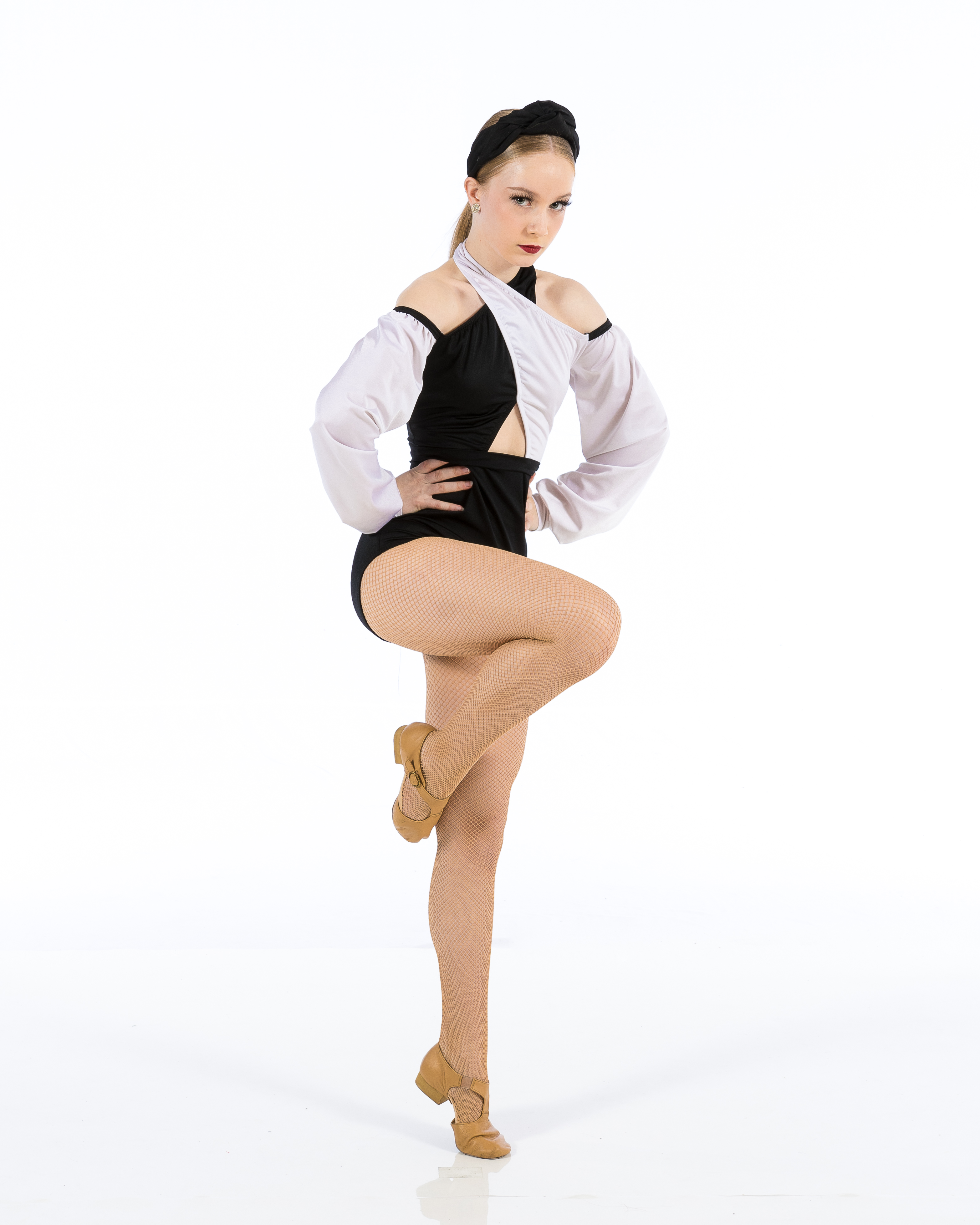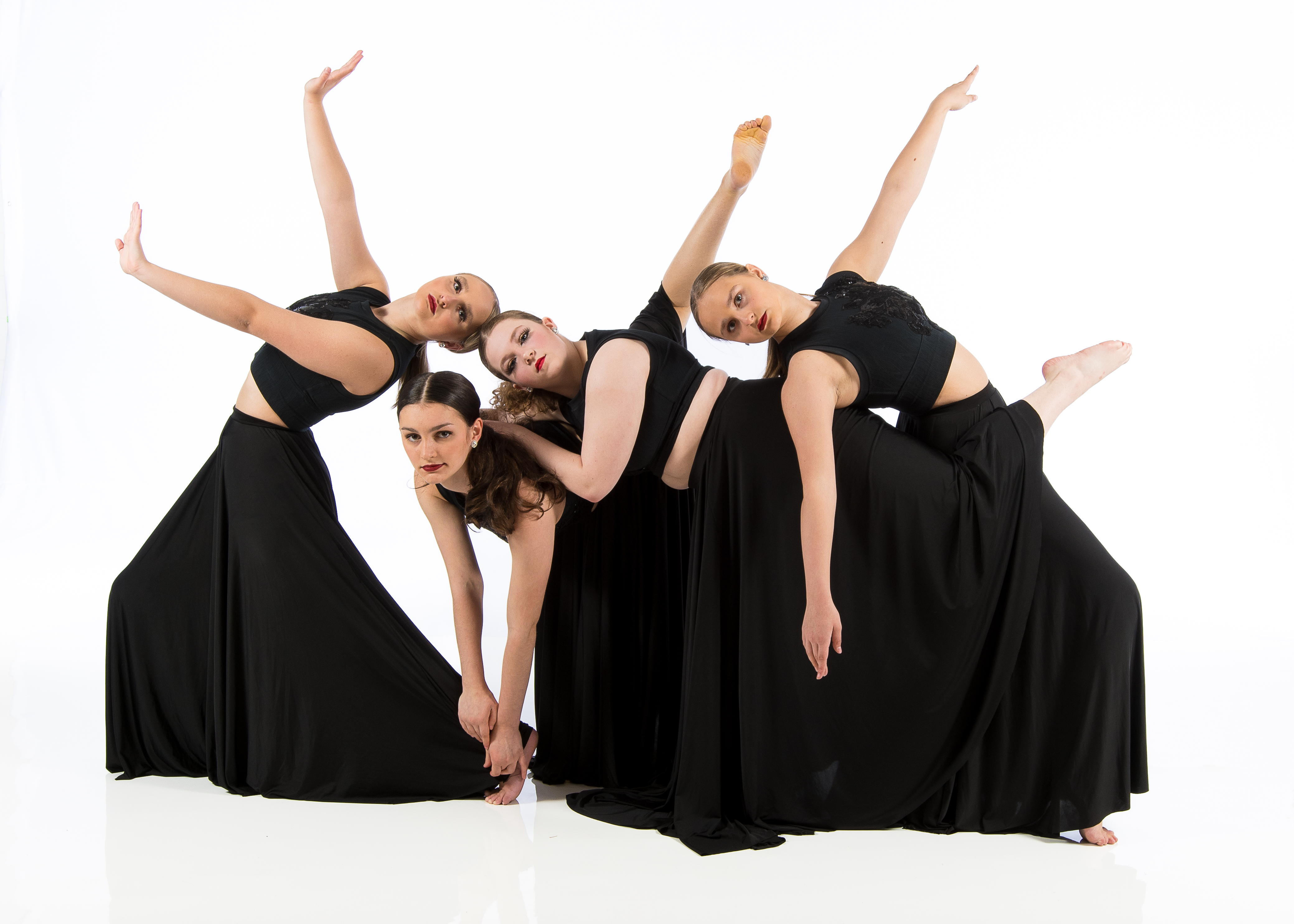Dance is an expressive art form that transcends time and culture. It serves not only as a means of artistic expression but also as a way to connect with others, celebrate life, and share stories. Each dance style carries its own unique history, enriched by the cultural contexts from which it emerged. In this article, we will delve deep into the fascinating world of dance styles, tracing their roots and understanding their evolution through various eras.
What Are Dance Styles?
When we talk about dance styles, we're referring to the wide array of forms that characterize how people move rhythmically to music. From classical ballet to street hip-hop, each style has its own techniques, movements, and historical significance. Understanding these styles involves looking at their origins and how they reflect cultural shifts over time.
Why Do Dance Styles Matter?
The significance of dance styles goes beyond mere entertainment; they serve as cultural artifacts that provide insight into societal values and beliefs. They can be a mirror reflecting the social Dance Styles issues of their time or a celebration of community identity. By exploring the history behind popular dance styles, we gain valuable perspectives on human behavior and social evolution.
Exploring the History Behind Popular Dance Styles
The Origins of Dance: A Timeless Tradition
Dance has been an integral part of human civilization for thousands of years. Archaeological findings suggest that dance was practiced as early as 30,000 years ago, often linked with rituals or storytelling within ancient communities. This historical backdrop sets the stage for understanding modern dance styles.
Ancient Civilizations and Their Dancing Traditions
- Egyptian Dance: Ancient Egyptians used dance in religious ceremonies and celebrations. Hieroglyphs depict dancers performing in temples. Greek Theatre: In Greece, dance was an essential part of theatre performances. The Greeks incorporated it into their plays to enhance storytelling. Indian Classical Dance: With roots tracing back over 2,000 years, Indian classical dance forms like Bharatanatyam express spiritual themes using intricate footwork and hand gestures.
Renaissance Influence on Dance Styles
During the Renaissance period (14th - 17th centuries), Europe saw a revival in art and culture that influenced many new dance forms:
- Court Dances: Nobility engaged in dances such as the Pavane and Galliard during lavish gatherings. Ballet Emergence: The late Renaissance saw the birth of ballet in France, characterized by gracefulness and structured choreography.
The Rise of Ballet: An Artistic Evolution
Ballet's journey from court entertainment to global phenomenon showcases its adaptability and enduring appeal.
Early Beginnings: The Birth of Ballet
Ballet originated in Italian Renaissance courts as a form of entertainment for royalty before making its way to France:
- Catherine de' Medici: Often credited with bringing ballet to France when she married King Henry II, she commissioned performances that laid the groundwork for future development. King Louis XIV’s Influence: The Sun King established the Académie Royale de Danse in 1661, promoting ballet’s formalization.
Ballet’s Diversification: Styles Within a Style
As ballet evolved, various styles emerged:
Classical Ballet
Characterized by its strict adherence to technique and structure.
Contemporary Ballet
Blends elements from classical ballet with modern dance influences.
Neoclassical Ballet
A response to traditional ballet that incorporates contemporary themes while retaining classical techniques.
Exploring Modern Dance Styles: A Break from Tradition
As society evolved through the 20th century, so did dance styles—reflecting changes in social norms and artistic expression.
Jazz Dance: A Fusion of Cultures
Jazz dance emerged alongside jazz music in America during the early 20th century:
- Origins: Rooted in African American rhythms blended with European influences. Key Features: Emphasis on improvisation and individual expression became hallmarks of jazz dance during its rise in popularity through vaudeville shows.
Tap Dance: Rhythm Meets Movement
Tap dancing combines rhythmical footwork with musicality:
- Historical Roots: Emerging from African American communities in the early 19th century. Famous Figures: Legends like Bill "Bojangles" Robinson brought tap into mainstream entertainment through films and stage performances.
Hip-Hop: The Voice of a Generation
Hip-hop developed as an urban movement intertwined with youth culture:
The Birthplace of Hip-Hop Dance Styles
Originating in New York City during the late 1970s:
- Influences from breakdancing, locking, popping—the essence is rooted in community expression.
Evolution Over Time: From Street to Stage
Hip-hop has continuously evolved since its inception:
Breaking (Breakdancing)
Features acrobatic moves performed on the ground often seen at competitions known as “battles.”

Popping & Locking
Styles emphasizing robotic movements or sudden pauses juxtaposed against fluid transitions gained immense popularity through television shows like "Soul Train."
Exploration Through Cultural Lenses: Salsa & Latin Dance Styles
Latin dances are vibrant expressions born out of cultural fusion:
Salsa: A Melting Pot of Influences
Salsa combines elements from Afro-Caribbean rhythms with jazz influences:
- Originated primarily among Cuban communities but rapidly spread throughout Latin America. Key Characteristics: Quick footwork paired with dynamic partner interactions make salsa both exciting to perform and watch.
Other Notable Latin Dances
Tango
Originating from Argentina; characterized by passionate movements reflecting deep emotional connections between partners.
Flamenco
A Spanish folk tradition blending guitar playing, singing, clapping (palmas), along with intricate footwork showcasing strong cultural ties.
Traditional Folk Dances: Community Connection Through Movement
Folk dances represent communal identities—these forms celebrate heritage passed down generations:
Irish Step Dancing
Known for rapid leg movements while arms remain stationary—this style connects people through shared cultural celebrations such as St. Patrick’s Day festivities!

Scottish Highland Dancing
Celebrated during events like ceilidhs features rhythmic steps originating from centuries-old Scottish traditions showcasing national pride!
Conclusion: The Ever-Evolving Tapestry Of Dance Styles
Dance remains one aspect uniting humanity across cultures—reflecting our stories while adapting over time! Exploring history behind popular dance styles reveals more profound meanings interwoven within every step taken!
FAQs
What is the significance of studying different dance styles?- Understanding diverse dance styles helps appreciate cultural histories tied to them while fostering respect among all art forms!
- Absolutely! Dancing can improve cardiovascular health; strengthen muscles & enhance flexibility—all contributing positively overall well-being!
- While formal training certainly aids technique mastery—it isn’t always mandatory! Many folk/urban dances encourage self-expression without strict guidelines!
- With platforms like YouTube & TikTok—artists showcase talent globally allowing innovative choreographies reach wider audiences than ever before!
- Yes indeed! Dancing welcomes everyone irrespective age/background—joyful experience lies at heart movement itself!
- Definitely! Classic forms continually evolve alongside new genres maintaining relevance within artistic landscapes!
In conclusion explore captivating world surrounding various popular dances serves reminder importance embracing both past present journeys unfolding across stages worldwide!